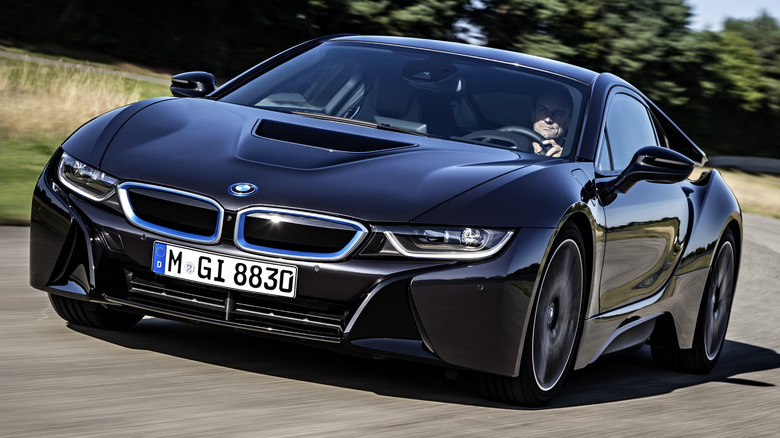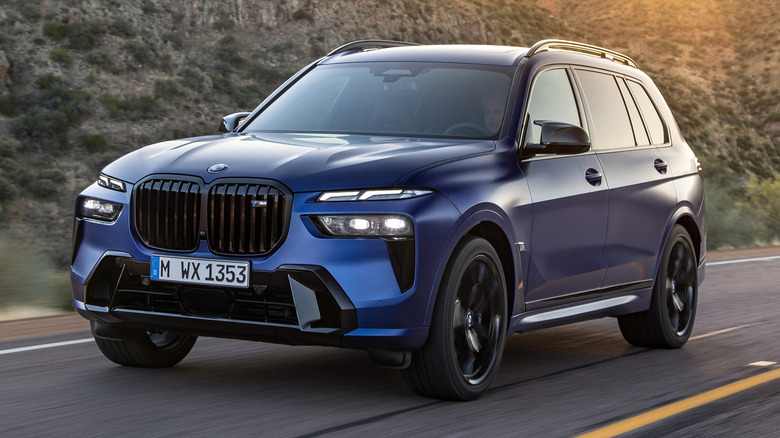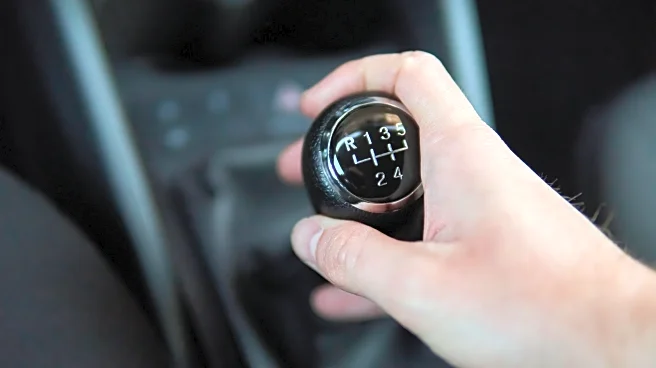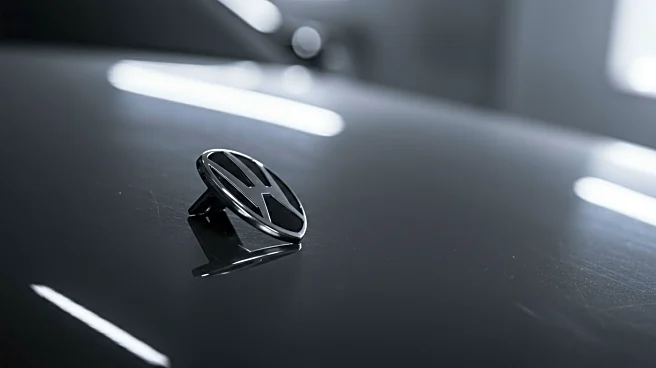
When BMW unveiled the BMW i8 at the 2013 Frankfurt Motor Show, it also introduced the world to laser headlights. Audi followed soon with the Audi R8 LMX, and shortly after, the premium German car industry as a whole began to adopt laser headlights for cars at the top end of their product catalogs.
Laser headlights work by directing three small lasers at a series of mirrors, which direct that beam into a lens lined with yellow phosphorus. This creates a bright white light that bounces off an internal
reflector and projects it forward. BMW says that its laser beam headlights can project light for up to half a mile (around 800 meters), which is impressive. So, why did BMW stop using laser headlights on its cars?
It all has to do with U.S. government regulations, specifically Rule 108, in which the NHTSA limited the output of headlights to 150,000 candela per system, or 75,000 per single headlight unit. Europe allows for up to 430,000 candela in total, and thus, cars sold in Europe can accommodate brighter laser lights without any of these issues.
Read more: 6 Car Brands You Might Not Realize Are Owned By Volkswagen
Why Did The U.S. Ban Laser Lights?

The main practical reason the new regulation ended laser headlights is that it effectively limited the beam range to about 250 meters to prevent glare. As previously mentioned, laser lights can project light up to half a mile, while contemporary LED headlights are more than adequate for distances up to 250 meters. The beam range limitations meant that there would be no practical scenarios where laser lights outperformed current LED technology, and thus, the need to develop them further largely faded away.
Consequently, BMW acknowledged that it would shift away from laser headlights in favor of newer, advanced matrix headlights. As reported by Forbes, BMW's large-car product manager, Andreas Suhrer, said in 2024: "[F]or the next models, we are making the LED Matrix lights our focus. The laser lights are pretty good with absolute range, but the latest generation of Matrix LED lights [has] better distribution."
Matrix LED Headlights Are Also Facing Regulatory Issues

Adaptive LED headlights, or adaptive driving beam (ADB) headlights, are also having a hard time with U.S. regulations. These so-called matrix headlights rely on dozens, or even millions, of small mirrors within the headlight housing, which can adjust the beam to not blind oncoming drivers. They can also draw attention to pedestrians or animals. Advocates such as Matt Brumbelow, senior research engineer at the Insurance Institute for Highway Safety, claim that these headlights "maximize visibility, seeing light, while still preventing glare." (via CNN)
Current U.S. regulations technically allow for adaptive headlights, but they allegedly do so under a stringent standard that most automakers won't be able to satisfy for years to come. Another reason why adaptive LED headlights still haven't been fully utilized in the U.S. is due to the different safety and testing standards required in Europe and the U.S. The good news is that many automakers have been selling cars in the U.S. with the hardware needed for adaptive headlights for several years now. This means that, once regulations allow it, a simple software update will be all that's necessary to flip the switch on true adaptive lighting in the U.S.
Want the latest in tech and auto trends? Subscribe to our free newsletter for the latest headlines, expert guides, and how-to tips, one email at a time.
Read the original article on SlashGear.












